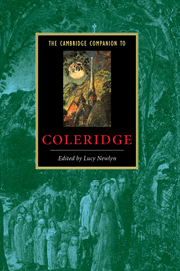6 - The later poetry
from Part I - Texts and contexts
Published online by Cambridge University Press: 28 May 2006
Summary
How might 'later poetry' be defined? Some of the expectations raised by this category were determined by W. B. Yeats in New Poems (1938), by T. S. Eliot in Four Quartets (1944) and by Ezra Pound after the Pisan Cantos (1949). Previous determining instances are Tennyson's 'Flower in the Crannied Wall' and 'Crossing the Bar' and Hopkins's 'terrible sonnets'. Later ones include William Carlos Williams's Pictures from Brueghel (1962) and George Oppen's Primitive (1978). In all these instances, we see the poet summarising a career in writing as it reaches a (possibly) final stage, and setting truth down plainly. Style is radically simple - simple because of the pressure to be testamentary, radical because the stripped-down formulation rests on a lifetime dedicated to art. Beethoven's late quartets are frequently cited as antecedents, Rembrandt's late paintings and Cezanne's cut-outs as analogues, Flaubert's Bouvard et Pécuchet and Beckett's Stirrings Still provide examples in prose fiction. Composition under such conditions does not prevaricate because it has nothing to gain and everything to lose:
Who,
swinging his axe
to fell kings, guesses
where we go?
(Basil Bunting, Briggflatts, 1965)- Type
- Chapter
- Information
- The Cambridge Companion to Coleridge , pp. 89 - 100Publisher: Cambridge University PressPrint publication year: 2002
- 1
- Cited by



